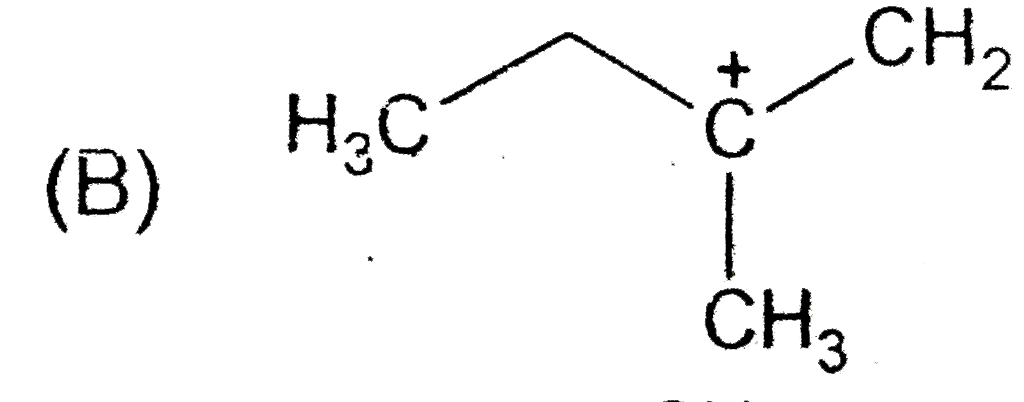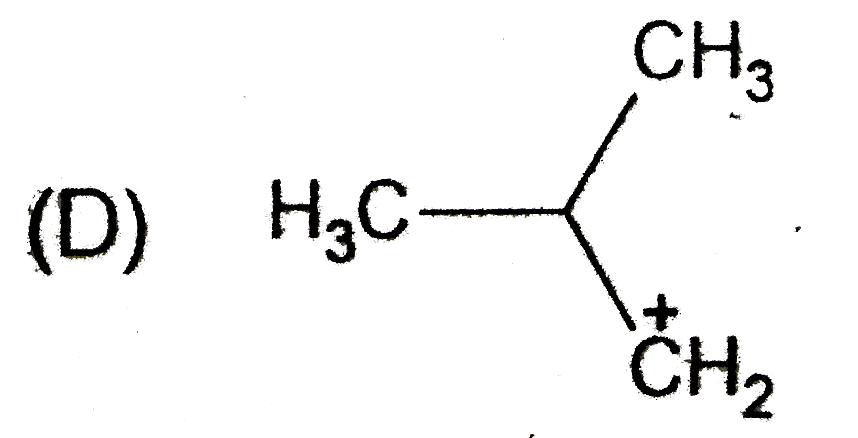Recommended Questions
- Dehydration of 1-butanol gives 2-butane as a major product, by which o...
03:35
|
Playing Now - Give the major and minor products of the dehydration of the given comp...
05:47
|
Play - Dehydration of 1-butanol or 2-butanol with conc. H2SO4 always gives th...
04:32
|
Play - 2-butanol on dehydration mainly gives,
Text Solution
|
Play - Formation of 2-butene as major on dehydration of 2-butanol is accord...
08:59
|
Play - Formation of but-2-ene as major product by dehydration of butan-2-ol i...
04:57
|
Play - …………..is obtained as the major product when 2- butanol is dehydrated.
07:31
|
Play - STATEMENT-1: 2-Methyl-2-butene is the acid catalysed dehydration produ...
06:04
|
Play - 2-ब्यूटेनॉल के निर्जलीकरण से मुख्य उत्पाद 2-ब्यूटीन निर्माण किसके अनुस...
03:41
|
Play



